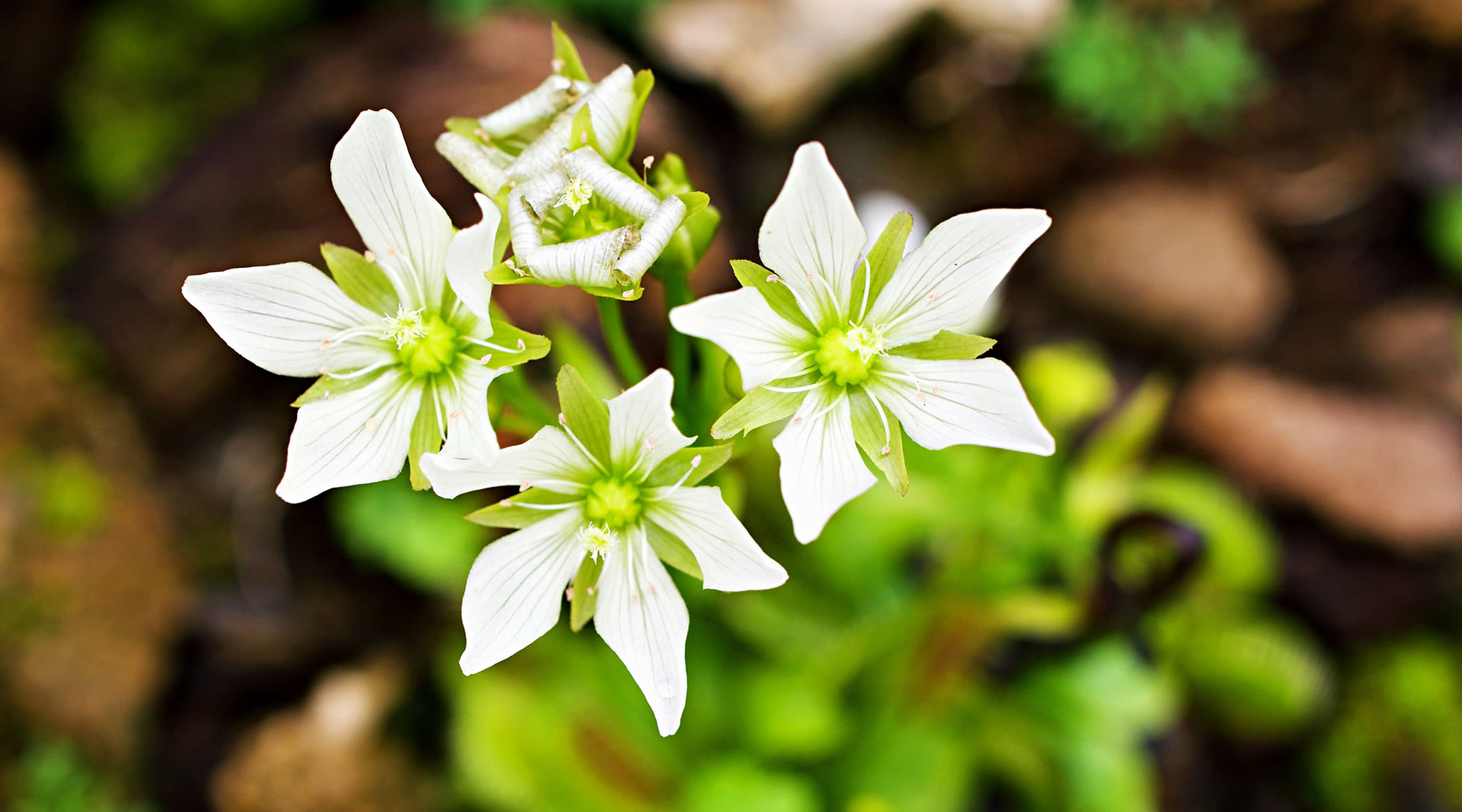
Send us a message

Venus flytaps (Dionaea muscipula) are obviously more renowned for their snappy modified leaves designed to trap insects, but they also produce flowers in the Spring. However, the question often arises at this time of year: Should you cut off Venus flytrap flowers?
The answer to this question varies depending on who you ask, but I'm hoping that once you understand the pros and cons of removing Venus flytrap flowers, it will help you make an informed decision about what you want to do.
The most compelling argument for removing Venus flytrap flowers is energy conservation. Flowering requires a significant amount of energy from the plant. By cutting off the flowers, you can redirect this energy towards the growth and health of the pitchers, which are the plant's primary means of nutrition through insect capture.
When you remove the flowers, the plant can focus more on producing and maintaining its traps. This can, possibly, result in larger and more numerous traps, which can be particularly beneficial if you are growing Venus flytrap primarily for its insect-trapping capabilities.
Remember, Venus flytrap cultivars only propagate vegetatively, they do not come true from seed. Seeds from Dionaea 'DC XL' will not grow into Dionaea 'DC XL'! This is the #1 reason we do not allow our Venus flytraps to flower; we don't want our pots of cultivars to be invaded by anything that doesn't belong in there.
Did you know that you can grow clones of your plant from flower stalks? It's pretty cool. Snip the stalk when it's a couple of inches long and simply plant it in the soil. Quite often, the stalk will strike in the soil and produce a new plant. Please see the Instagram post below, You may as well follow us, too!
Venus flytrap flowers, while understated, are undeniably beautiful and offer a unique aesthetic to your flytrap collection. It's fascinating how they hold them high to avoid eating their pollinators! By removing the flowers, you miss out on this natural beauty, which can be a significant downside for many growers.

If you are interested in propagating your Venus flytrap through seeds, cutting off the flowers is counterproductive. The flowers are necessary for seed production, so removing them eliminates the possibility of harvesting seeds.
Some gardeners prefer to let their plants go through their natural life cycles, which includes flowering and seed production. Cutting off the flowers can disrupt these natural cycles and potentially stress the plant (I personally do not see this in our plants).
Whether or not you should cut off Venus flytrap flowers depends on your priorities and the specific circumstances of your plant. If your main goal is to maximize the health and vigour of the pitchers, then removing the flowers might be the right choice. However, if you enjoy the aesthetic of the flowers or are interested in seed production, you might choose to leave them intact.
Allowing a healthy Venus flytrap to fully flower will not kill it. Removing a Venus flytrap's flowers will not kill it. So, do what you like and enjoy your plants!
Sarracenia × moorei X oreophila
Here's an interesting Sarracenia alata! This is an areolate form which is relatively unusual for this species. Areoles are small windows on the pi...
View full detailsThis is a beautiful Sarracenia that arguably looks better in the flesh than in photographs. The lip develops into a defined red which looks great a...
View full detailsThis is an attractive Sarracenia oreophila both in shape and pattern. As the name suggests it is heavily veined with the veins getting darker as th...
View full detailsSarracenia × miniata is a hybrid of Sarracenia minor and Sarracenia alata. Both parent species influence the shape of this plant with the distincti...
View full detailsThis vigorous clone of Sarracenia flava is a great plant if you want an easy-to-grow, nice-sized, and hard-as-nails Sarracenia flava var. flava. Th...
View full detailsIP-X125, JS-H155
Beautifully blushed with copper on the lid, this Sarracenia flava var. cuprea is a great example of a classic copper-top Sarracenia flava. A vigoro...
View full details